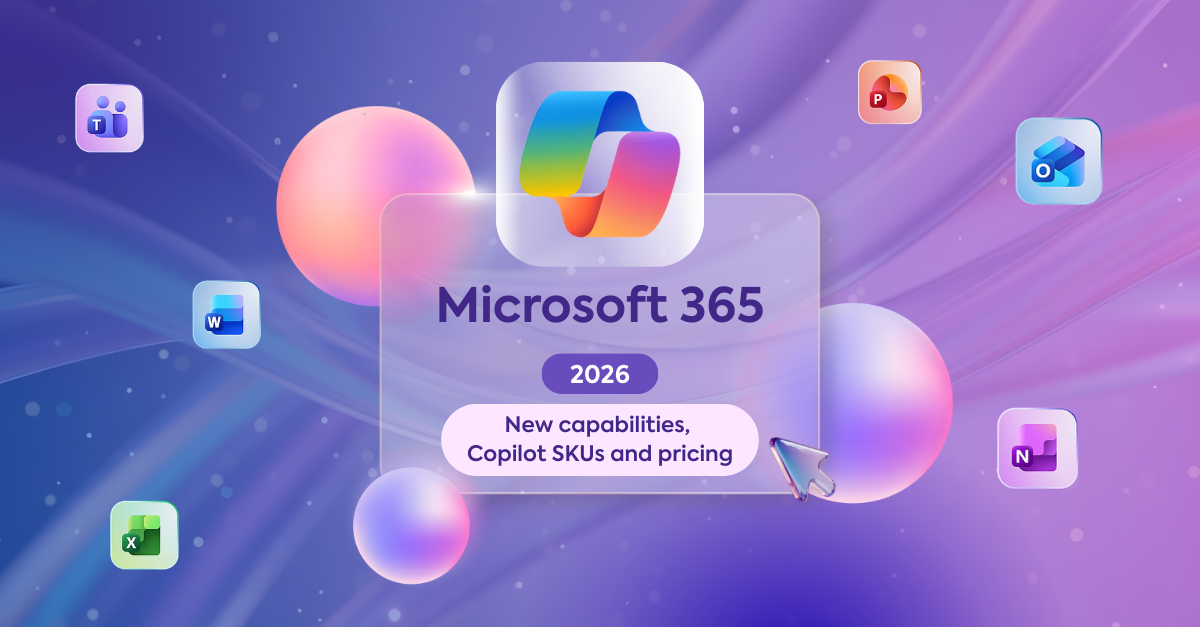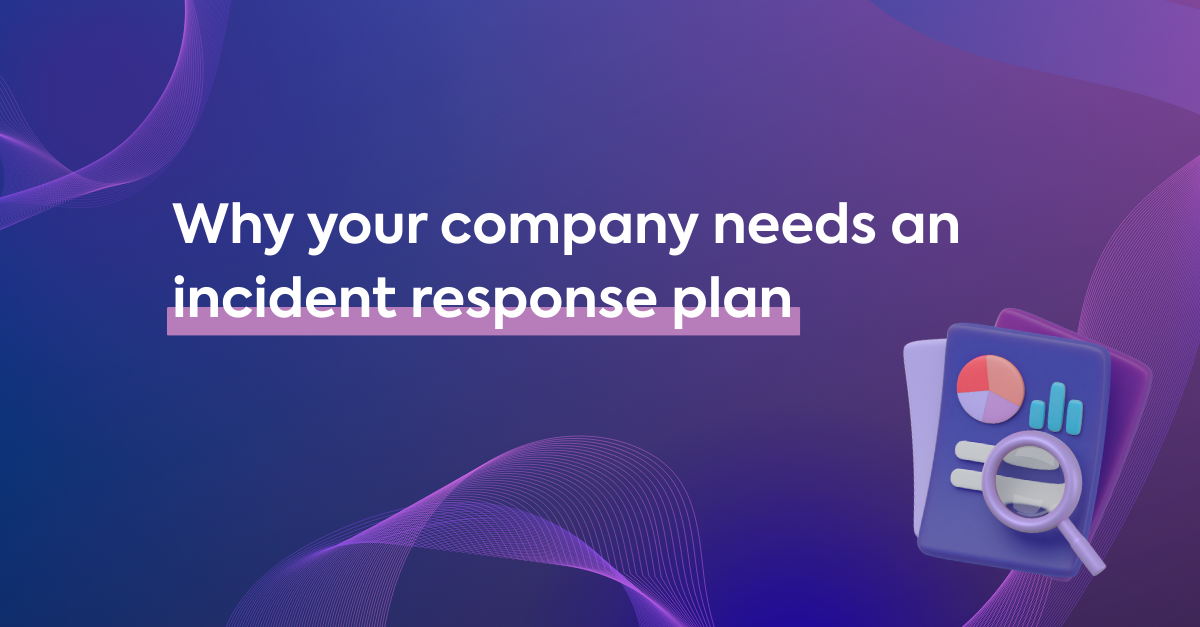Microsoft 365 in 2026: New capabilities, Copilot SKUs and pricing
Microsoft continues to evolve Microsoft 365 into the central platform for productivity, security and AI in the modern workplace. This was pretty clear from our key takeaways from Microsoft Ignite 2025
Read More
.png)

.png)
.png)





